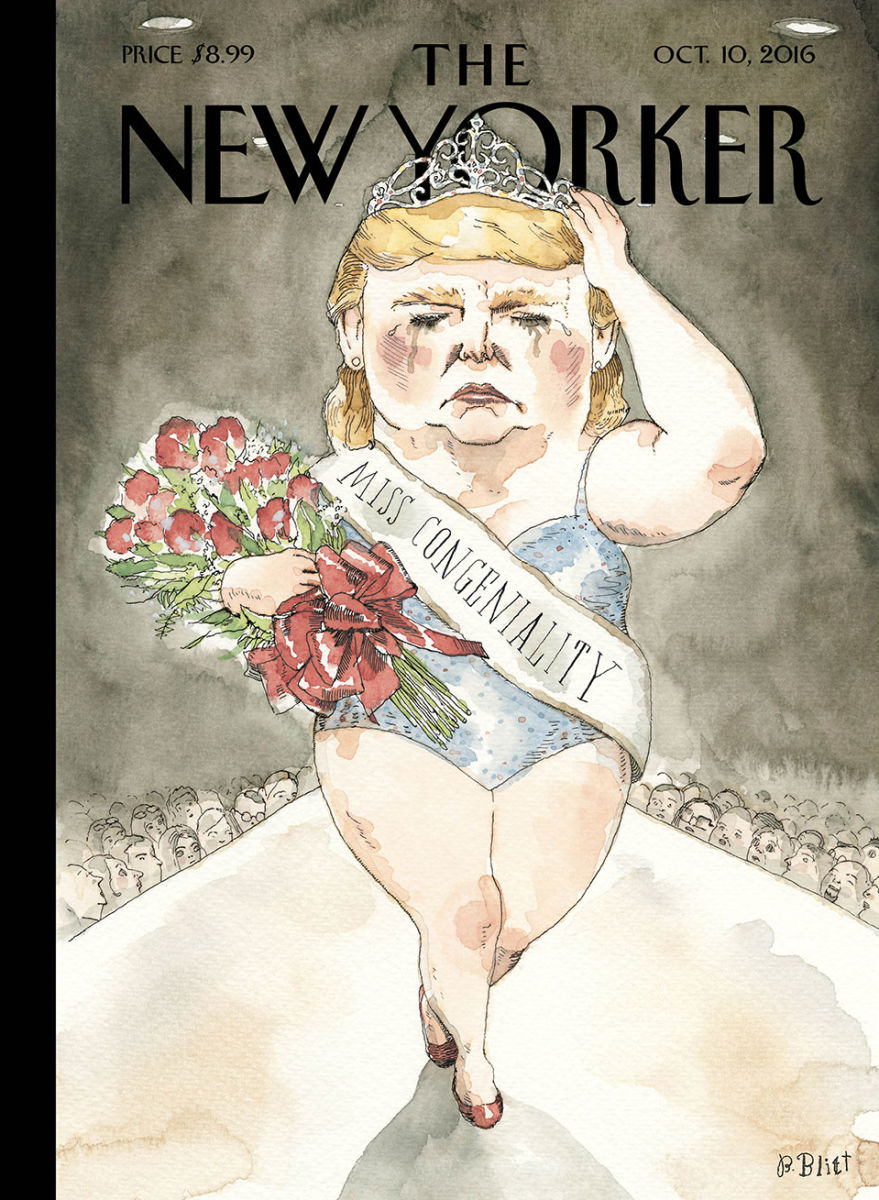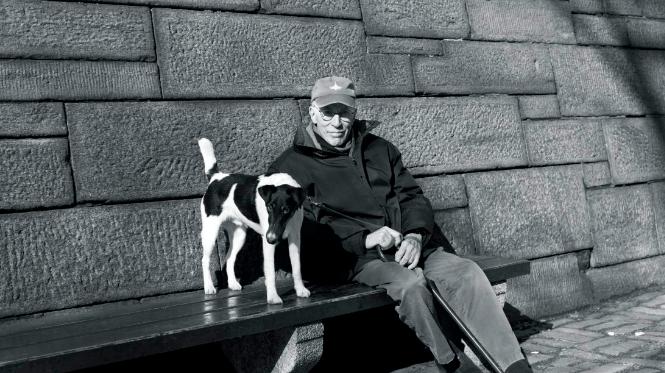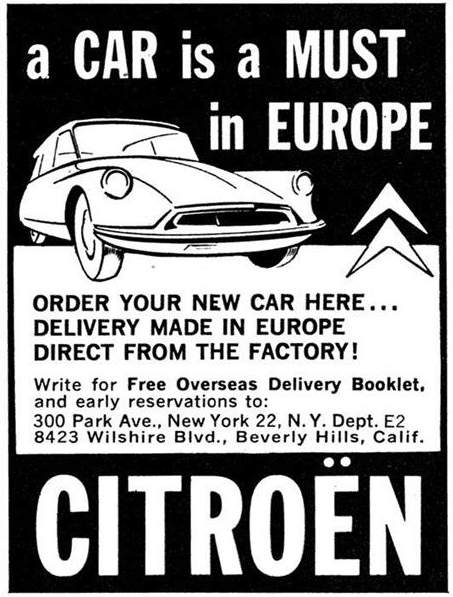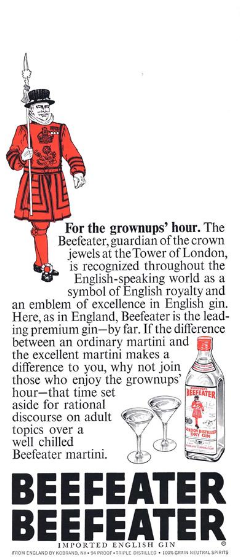Surely the IND subway station at West 53rd Street and Seventh Avenue must be the most gawd-awfully arranged hole in the city. Its three levels, with a near-complete dearth of escalators (okay, there’s one, if you can find it, and it’s working) must defeat even the most intrepid first-time visitor.
Descending to the lowermost, or Downtown, ramp, you find that one side takes you down 8th Avenue (E train) whilst the other takes you down Sixth (D or B). Make your decision carefully, as it’s not a question of Express versus Local. If you’re just going to 34th St. and pick the wrong one, you’ll find yourself 3/8ths of a mile from where you wish to be. If you think you’re going Uptown (or Crosstown), a mistake may be much bleaker, and you’ll end up in Queens when you really wish to change for the A train at Columbus Circle. Then of course there’s the problem of rerouting, with F and M and Q trains coming through the station as their fancy strikes them.
No doubt there are fascinating historical reasons for this confusion, but your best bet is just to avoid the station altogether. Sometimes there are fires and it all shuts down.
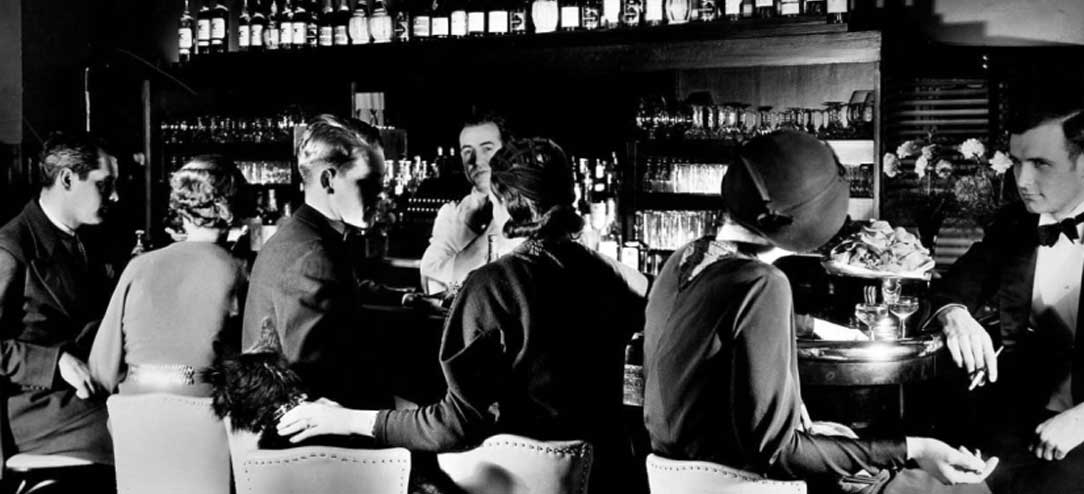

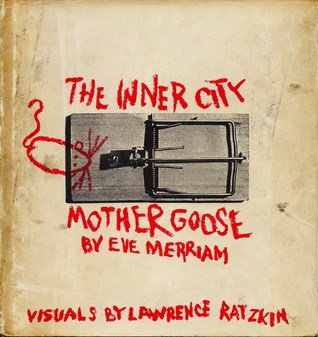
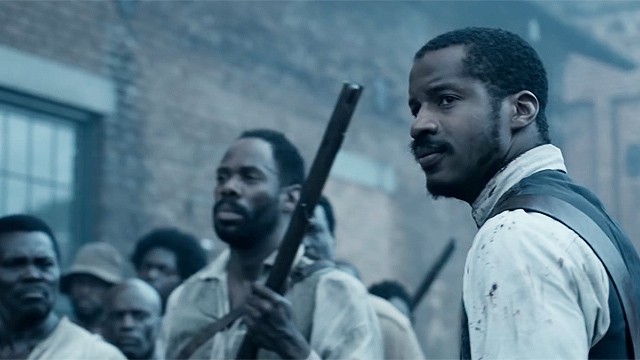
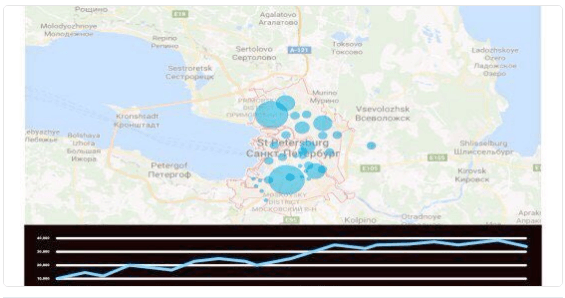
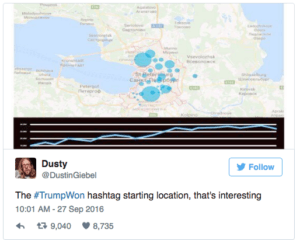 The widely circulated geolocation map appears to be a Photoshopped hoax, as it doesn’t resemble available images from TrendsMap or Google. The fakery was quickly exposed by Philip Bump at the
The widely circulated geolocation map appears to be a Photoshopped hoax, as it doesn’t resemble available images from TrendsMap or Google. The fakery was quickly exposed by Philip Bump at the  Then embarrassment took over and she covered up with a flurry of tweets about British Parliamentary things (left).
Then embarrassment took over and she covered up with a flurry of tweets about British Parliamentary things (left).